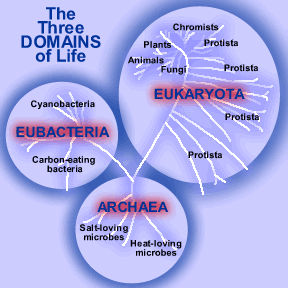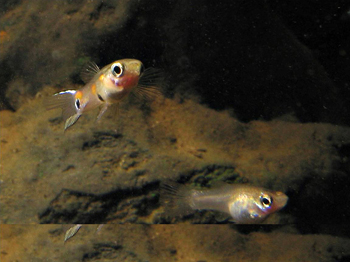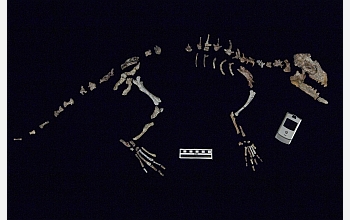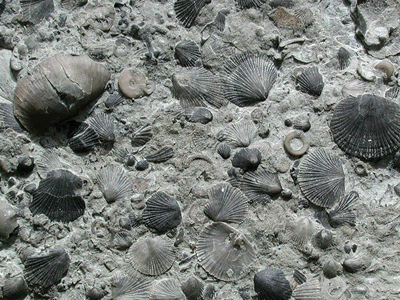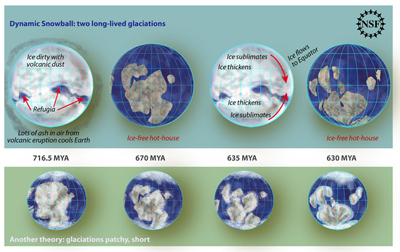Evidence of Evolution
This illustration of the three domains of life is like a family tree. The branches that are very far apart are not very similar. Branches that are near each other indicate closely related groups.
Click on image for full size
Windows to the Universe original image
Click on image for full size
Windows to the Universe original image
What Is Evolution?
Evolution is the process of change through time. Many things evolve. Language evolves so that English spoken four hundred years ago during the time of playwright Shakespeare was very different than English spoken today. Technology evolves over time as new things are invented and modified. Scientific theories evolve as more data are collected and analyses are done. Life evolves over very long timescales as species change over many, many generations. This is called biological evolution. Evolution is the foundation for the modern sciences of paleontology (the study of fossils and the history of life), ecology (the study of ecosystems), and biology (the study of life) including medical science.- On a small scale, biological evolution is called microevolution and involves changes in the occurance of gene types in a population of the same species over several generations. These changes can lead to changes in the way a species looks over generations.
- On a large scale, biological evolution is called macroevolution and involves the development of new species through cumulative genetic changes over many, many generations.
This Windows to the Universe Exploratour examines the scientific evidence for biological evolution. Click the “forward” button at the top of this page to continue the tour and learn more about the scientific basis of evolution.
Last modified May 15, 2009 by Jennifer Bergman.


